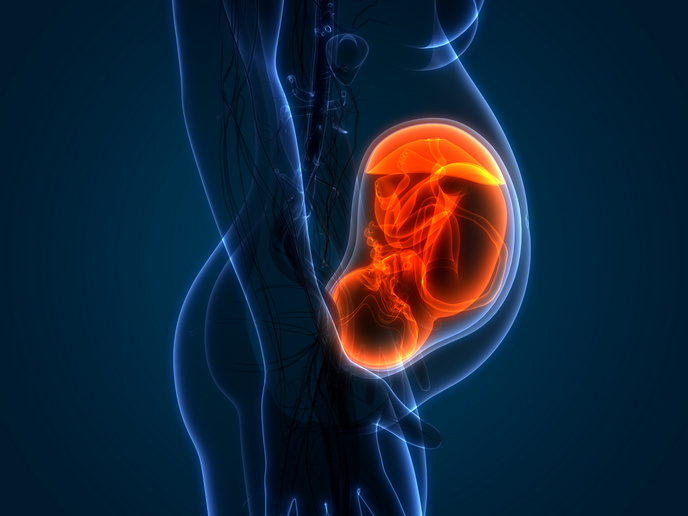Deciphering bacterial cellular processes using high-throughput microscopy
Cellular processes including morphogenesis, cell division and chromosome dynamics are tightly regulated, and are highly coordinated and dependant on nutritional conditions for the synthesis of various molecules or metabolites. The METASENSORS project worked to understand how these essential cellular processes are regulated and linked to metabolism in the model bacterium B. subtilis. Scientists concentrated on deciphering the role of the intramembrane protease GluP, which is believed to link carbon metabolism, energy production and cell division. GluP was found to be part of a complex degradation machinery for membrane proteins and a player in intracellular pH homeostasis. To study metabolic sensors, researchers needed to screen B. subtilis mutants under different metabolic conditions and select those that are altered in cellular responses. They successfully developed a fluorescence-based high-throughput screening system that allows imaging with high resolution. This method simultaneously analyses many cell parameters, including morphogenesis and frequency of division. As a result, they identified five novel proteins involved in morphogenesis, cell division or chromosome dynamics. For example, they found a putative metabolic sensor protein necessary for chromosome terminus organisation and replication during slow metabolism. They also yielded evidence that the CmmB protein is a cofactor for the essential cell-wall synthesis machinery. METASENSORS has provided novel insight into the mechanisms that connect metabolism with cellular processes. This information improves our understanding of bacterial function and should facilitate the development of more effective antibacterial drugs.







